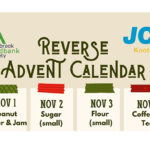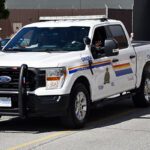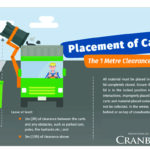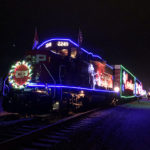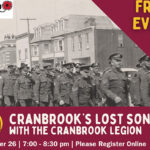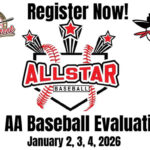Home »

Snowplow safety: what to do and not to do
Mainroad East Kootenay Contracting forwarded this piece detailing what drivers should do and not do around highway snowplows.
Do…
Turn on your head and taillights during heavy snow or rain, even during the day.
Do…
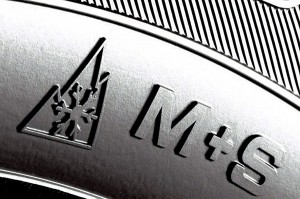 Use winter-rated snow tires with the mountain-snowflake symbol.
Use winter-rated snow tires with the mountain-snowflake symbol.
Do…
Watch for the flashing amber lights. It can be difficult to see snow removal equipment.
Do…
Give snowplows plenty of space – about 10 car lengths. Salt and winter abrasives, as well as rocks and other debris in the snow, can fly – hitting nearby vehicles and decreasing visibility.
Do…
Remember the road surface ahead of the plow hasn’t been plowed yet therefore please slow down and be patient. The operator will eventually pull over when it is safe to do so to allow motorists to pass, so take your time, wait and be safe.
Do…
Pull as far over to the right as is safe when you see a snow plow approaching from the opposite direction along an undivided highway. That way, you will be clear of any salt or sand.
Do…
Give the snowplow operator a wave when they pull over to let you pass. They’re doing the job for you!
Don’t…
Assume the snowplow operator can see you, especially if you’re driving too close and visibility is poor (which it often is in snowstorms). Your best defense is to keep your distance.
Don’t…
Pass snowplows. It’s not safe. When drivers attempt to pass a plow truck, they put themselves, their passengers, the snow plow operator and other motorists at risk. The plow could be equipped with a wing blade on its left or right side, which can be obstructed by the snow it’s throwing. The plow also may be the first of a series of two or more snowplows, staggered across multiple lanes with the plow in front pushing snow towards the plows behind – diagonally across the road to clear all lanes simultaneously. This practice is called ‘Echelon Plowing,’ an effective way to quickly clear wide areas so we want to remind drivers to stay behind these plowing operations and to not try to pass.
Don’t…
Tailgate. Tailgating any vehicle puts you at risk of a collision; tailgating a piece of heavy equipment armed with plows only ups the consequences.
Drivers may not be aware…
Snowplows must travel slower than regular traffic when pushing snow and spreading salt and sand.
Snowplows stop at railway crossings to ensure it is safe to cross and that the plow blade will clear the track.
Submitted
